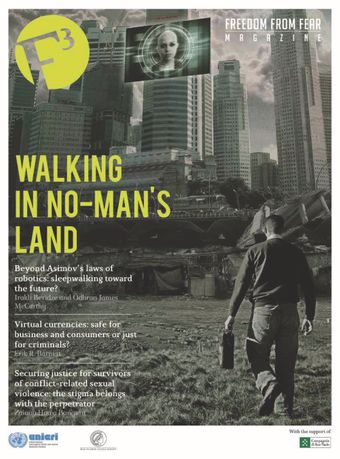-
Gangs in a global comparative perspective
- Source: Freedom from Fear, Volume 2016, Issue 10, Apr 2016, p. 70 - 74
-
- 29 Apr 2016
Abstract
Frequently depicted as an almost pathological form of brutality, gangs have become popular bugbears and scapegoats across the world. This is perhaps most obvious in contemporary Central America, where gangs - known as pandillas and maras - are widely perceived as the most important security threat within a post-Cold War panorama of criminality often characterized by levels of violence that surpass those of the revolutionary conflicts that affected the region during the 1970s and 1980s. The corresponding policy response has been highly repressive, to the extent that it is no exaggeration to talk of Central American governments having declared a veritable “war on gangs” in recent years. Gangs are a global phenomenon, however, found in most societies around the world. On the one hand, this is due to a process of convergent evolution, whereby similar social contexts around the world give rise to similar social phenomena. On the other hand, processes of globalization have also enabled the spread of practices and culture from places separated by vast distances.



